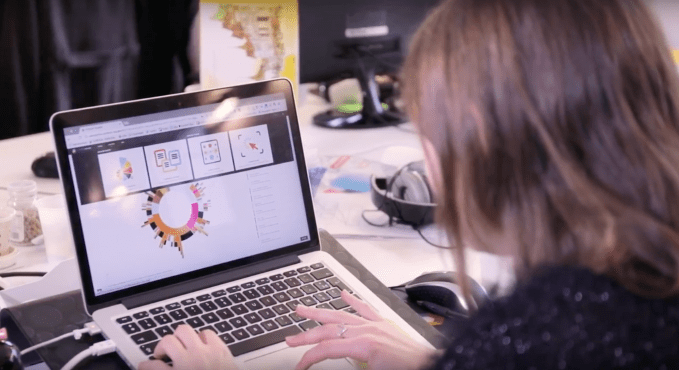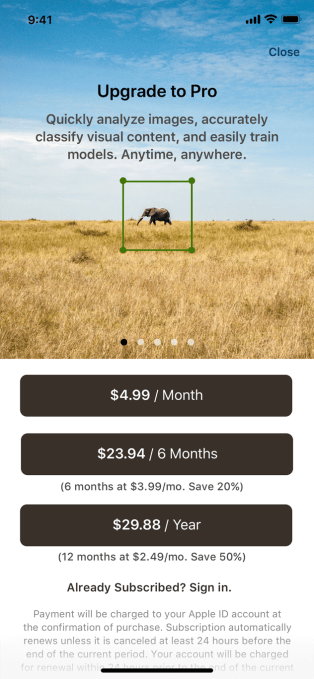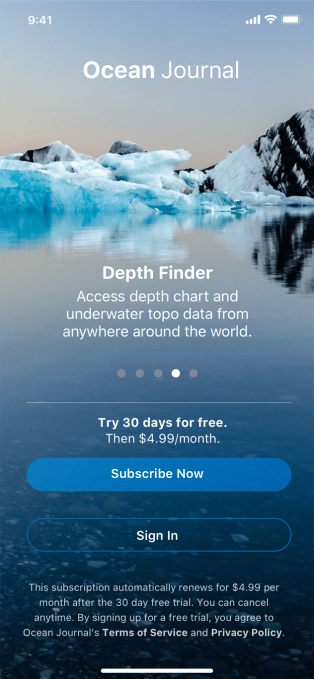Sapphire Ventures, formerly the corporate venture capital arm of SAP, has lassoed $115 million from new limited partners (LPs) to invest at the intersection of tech, sports, media and entertainment.
A majority of the LPs for the new fund, called Sapphire Sport, have ties to the sports industry, from City Football Group, which owns English Premier League team Manchester City, to Adidas, the owners of the Indiana Pacers, New York Jets, San Jose Sharks and Tampa Bay Lightning, among others.
The firm plans to do five to six investments per year, sized between $3 million and $7 million. So far, they’ve deployed capital to five startups: at-home fitness system Tonal, live soccer streaming platform mycujoo, digital sports network Overtime, ticketing and events platform Fevo and gaming studio Phoenix Labs. Sapphire began backing tech startups in 2008; in 2016, the firm closed on $1 billion for its third flagship venture fund.
Sapphire managing director and co-founder Doug Higgins is leading the effort alongside newly tapped partner Michael Spirito, who joined from 21st Century Fox, where he focused on business development and digital media for the Fox Sports-owned Yankees Entertainment and Sports (YES) Network, in September.
Higgins was an investment manager at Intel Capital for four years prior to co-launching Sapphire. Throughout his career, he’s managed the firm’s investments in LinkedIn, DocuSign, Square and more.
“We invest in anything that tech is disrupting,” Higgins told TechCrunch. “We were early investors in Fitbit, so we saw the beginning of digital fitness and how tech can impact the lives of anyone, not just high-performance athletes … We are also investors in Square, TicketFly and Paytm and what we’ve been seeing — the dream as a VC — is these massive markets in the sports, media and digital health world that are getting disrupted by tech.”
Sapphire is betting its traditional and well-established venture platform, coupled with the expertise of leading sports entities on board as LPs, will give it a competitive edge as it targets some of the best emerging sports tech companies.
“We see a lot of FOMO happening in this world, where everyone wants to have a play, but to make the best investment you need to have the widest perspective,” Higgins said. “So if you’re a team owner of a particular football team you are going to make better decisions if you are able to share perspectives with owners of other teams.”
“The best entrepreneurs, the ones we all want to invest in, there’s not a draft, they have to select you,” he added.
Investment in esports and gaming has skyrocketed, surpassing a total of $2.5 billion in VC funding in 2018. According to PitchBook, a handful of startups have already raised a total of $65 million in VC backing this year, including a $10.8 million financing for ReKTGlobal, a provider of esports infrastructure services.
“You can’t ignore the numbers on esports,” Higgins added. “They just continue to grow massively and people who have teenage kids, like myself, [those kids] want to grow up to be the next ninja, not the next Tom Brady .”




 Looking ahead, what Smith really wants to achieve is what he calls ‘fully automated programming.’ “It’s that Star Trek vision of where you tell computers in a high-level language what to do,” he said. “If it’s ambiguous, the computer will ask questions.”
Looking ahead, what Smith really wants to achieve is what he calls ‘fully automated programming.’ “It’s that Star Trek vision of where you tell computers in a high-level language what to do,” he said. “If it’s ambiguous, the computer will ask questions.”


